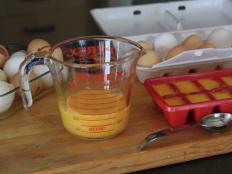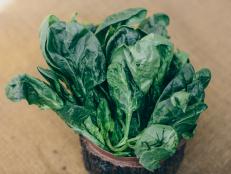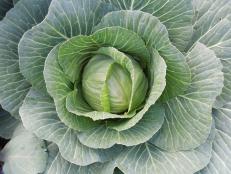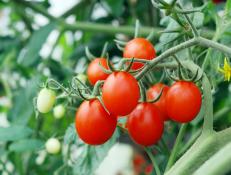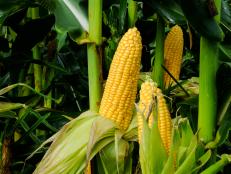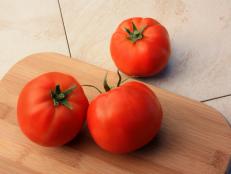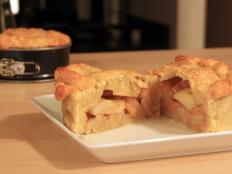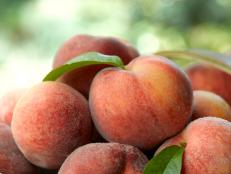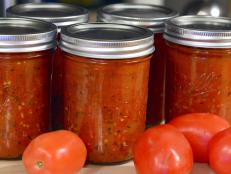Freezing Pumpkins
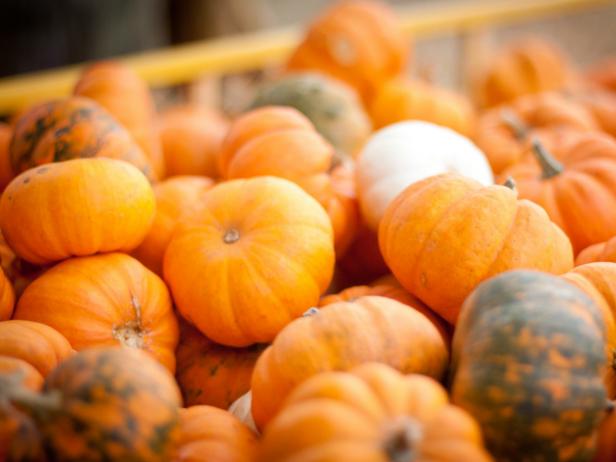
Emily Smallcomb Photography
Can you freeze pumpkin? Absolutely! This autumn icon is easy to grow, and it’s so packed with good-for-you nutrition that it’s worth filling freezer space with it. Pumpkin freezer prep is pretty quick—you can definitely tackle it in a few hours. Freezing pumpkin makes this nutrient-rich vegetable available well beyond the traditional sales season. Learn how to freeze pumpkin, and you’ll make your best holiday pies ever.
Why consider freezing pumpkin? When you eat this orange vegetable, you’re feasting on carotenoid compounds that are anti-inflammatory, antioxidant-rich, cancer-fighting, and cholesterol-lowering. One serving of pumpkin contains 5 grams of fiber—that’s more than many breakfast cereals.
You can freeze any kind of pumpkin, but small, pie-type pumpkins yield the most flesh per inch. Pie pumpkins are typically small—6 to 8 inches in diameter—and usually yield two to three cups of pumpkin puree. Choose pumpkins that feel solid and weighty for their size. There shouldn’t be any bruises or soft spots. If you’re growing your own, harvest before frost, when stems start to shrivel.
To start freezing pumpkins, remove stems and wash fruits. Use warm water only; soap isn’t necessary unless the pumpkin is very dirty. If that’s the case, use a gentle detergent and a soft brush to remove dirt.
Slice open the pumpkin—easier said than done. Use a serrated knife and a sawing, back-and-forth motion. Sometimes it helps to cut a thin slice off the pumpkin near the top, followed by slicing down through the opening you’ve created. Remove seeds and strings. Some people recommend using a hard ice cream scoop to remove seeds. You can also use a spoon, hard plastic pan scraper, or a paring knife used in a scraping motion. Save seeds for roasting or planting.
Cook the pumpkin flesh before freezing. You can do this in the microwave, standard oven, or on a grill. To use the microwave, cut the pumpkin into pieces and place in a microwaveable bowl. Add some water, cover, cook for 15 minutes, and check to see if flesh is soft. If not, continue cooking in smaller time increments until flesh softens. Most pumpkins cook in 20 to 30 minutes.
To cook pumpkin in the oven, cut fruits into pieces and place them in a parchment-lined pan with sides. Pumpkin juice as it cooks; using a pan with sides protects your oven from spills. Bake at 350°F for 45 minutes or so—until flesh is easily pierced with a fork. Grill pumpkin at medium heat on foil or in a grill basket. Choose grilling only if your intended final use for the puree benefits from the flavor that grilling imparts.
Freeze Vegetables From Your Garden
See All PhotosAfter pumpkin is cooked and softened, separate the flesh from the rind with a spoon or paring knife. Puree chunks in a blender or food processor; add just a smidge of water if the pumpkin is dry. Conversely, if the flesh is really moist, you may need to strain it before freezing. A potato ricer, potato masher, or food mill also works well to process pumpkin.
Place pumpkin puree into freezer bags in appropriate serving-size portions. Remove as much air as possible before sealing bags. For efficient freezing, flatten bagged puree before freezing. Use frozen pumpkin puree within nine to 14 months. You also freeze leftover canned pumpkin in freezer bags.
Serve your frozen pumpkin puree in more than pies and desserts. Pumpkin is a happy team player in the kitchen, blending well with other flavors. Use it to create healthy versions of family favorites. You can find recipes for pumpkin mac and cheese, enchiladas and bean dip, soup and chili, biscuits and waffles, and creamy pasta sauce.
How to Freeze Vegetables
Learn methods for freezing vegetables so you can have fresh taste long after the growing season ends.







